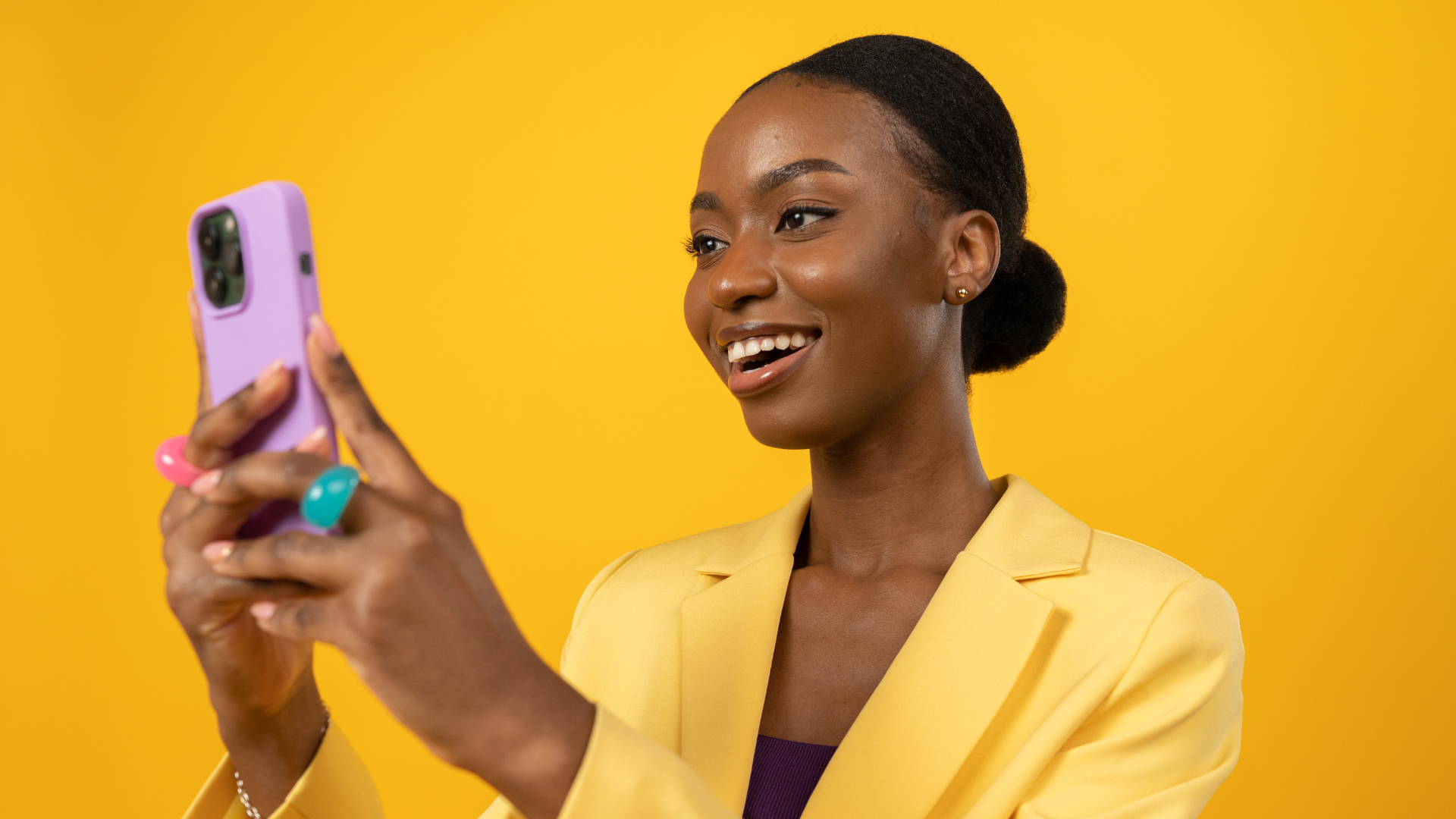This September, NielsenIQ has published what the future holds for beauty trends. Their Global Beauty Innovation Report offers a comprehensive look at innovation and trends in a total of 14 markets.
Some of the data they offer in the report is that personal care and beauty brands that have bet and invested in innovation are 2.5% more likely to see overall sales growth compared to those with stagnant or declining innovation sales.
Notably, NielsenIQ, indicates that brands that innovate in strong formats achieve higher sales volume, as it also helps them make the price case and keeps brands as a first choice.
Vice President of Global Client Development, Claire Marty explained: ‘Despite increasing caution in consumer spending, consumers are not willing to cut back on their beauty spending compared to other FMCG products, with 80% indicating that they intend to maintain or increase their spending in this sector. The global popularity of the beauty industry continues to rise, with sales in the sector maintaining a double-digit growth rate in all regions and expected to represent a $300 billion increase in scale over the next decade.’
What are the trends that will accompany us in the future?
- Clean and sustainable: The trend towards cleaner, greener and more sustainable products is growing in the beauty sector. For example, the report indicates that in South Korea, the trend is already well established and manufacturers are moving towards eco-friendly packaging and sustainable production and manufacturing practices.
- Ingredients matter most: Consumers are more aware of the importance of ingredients and how they work on our skin.
- Trusted Advisor: celebrities, dermatologists and influencers affect beauty decisions through social media. . In China, the number of Key Opinion Leaders (KOLs) is over 20 million and growing, while 80% of actual sales come from just 7% of KOLs.
- Personalisation and inclusion: Consumers increasingly prefer brands that focus on individual needs, leading to more personalised experiences such as hair and skin questionnaires.
- Wellness-focused: Consumers see beauty as a vehicle to enhance their wellbeing that supports physical, mental and emotional health.
- Convenience and accessibility: Direct-to-consumer (DTC) products and at-home beauty treatments increased in popularity during the pandemic and is a trend that is still booming and growing.
- Affordable luxury for all: There is a trend that reflects the increased availability of high quality products at affordable prices. The democratisation of luxury is driven by innovative brands offering exceptional products that rival the high-end.
